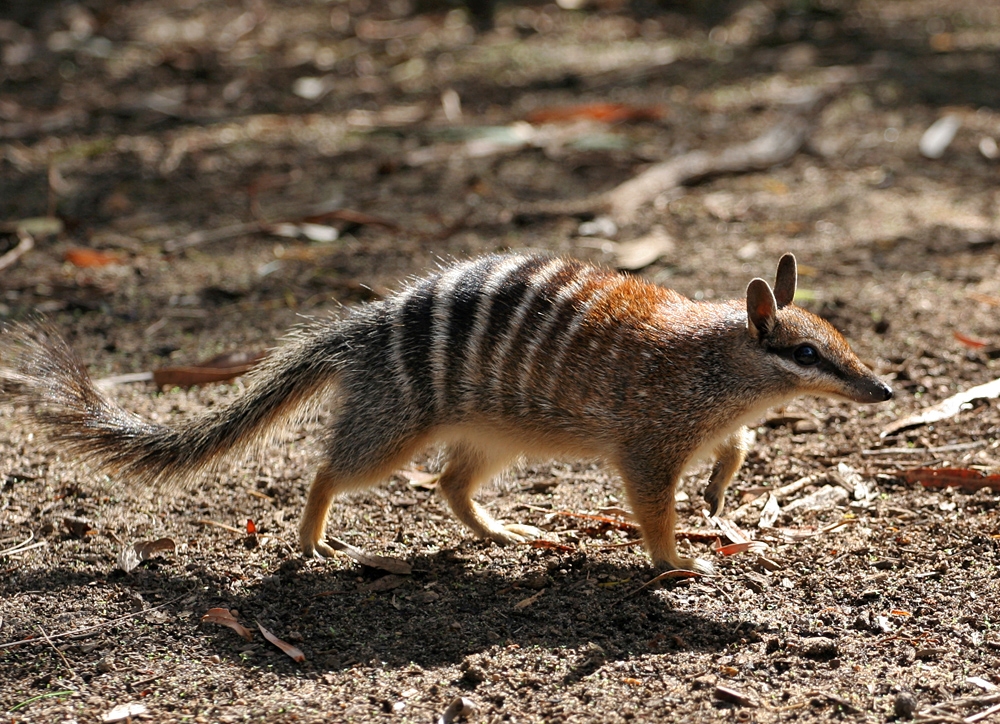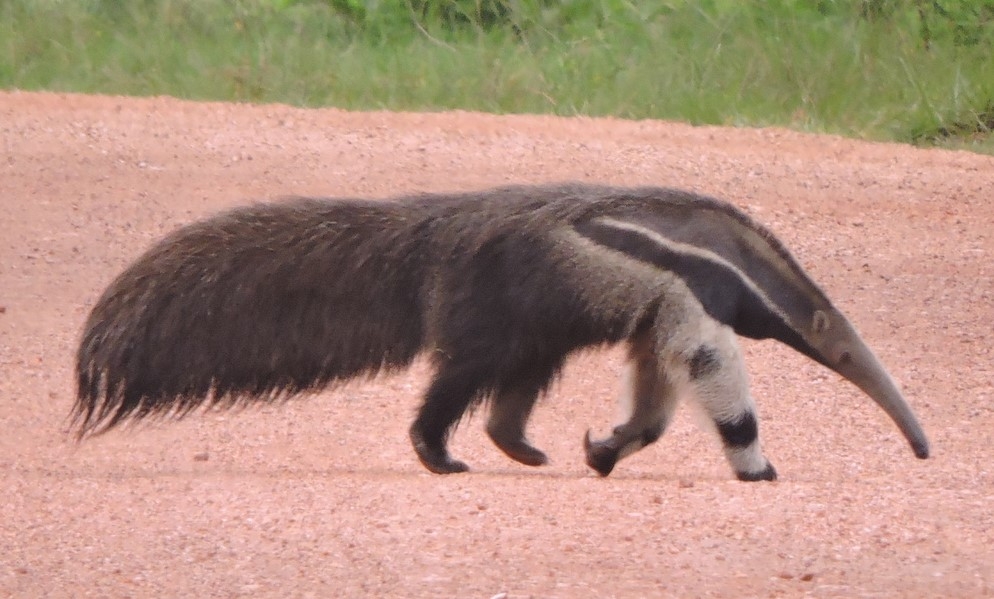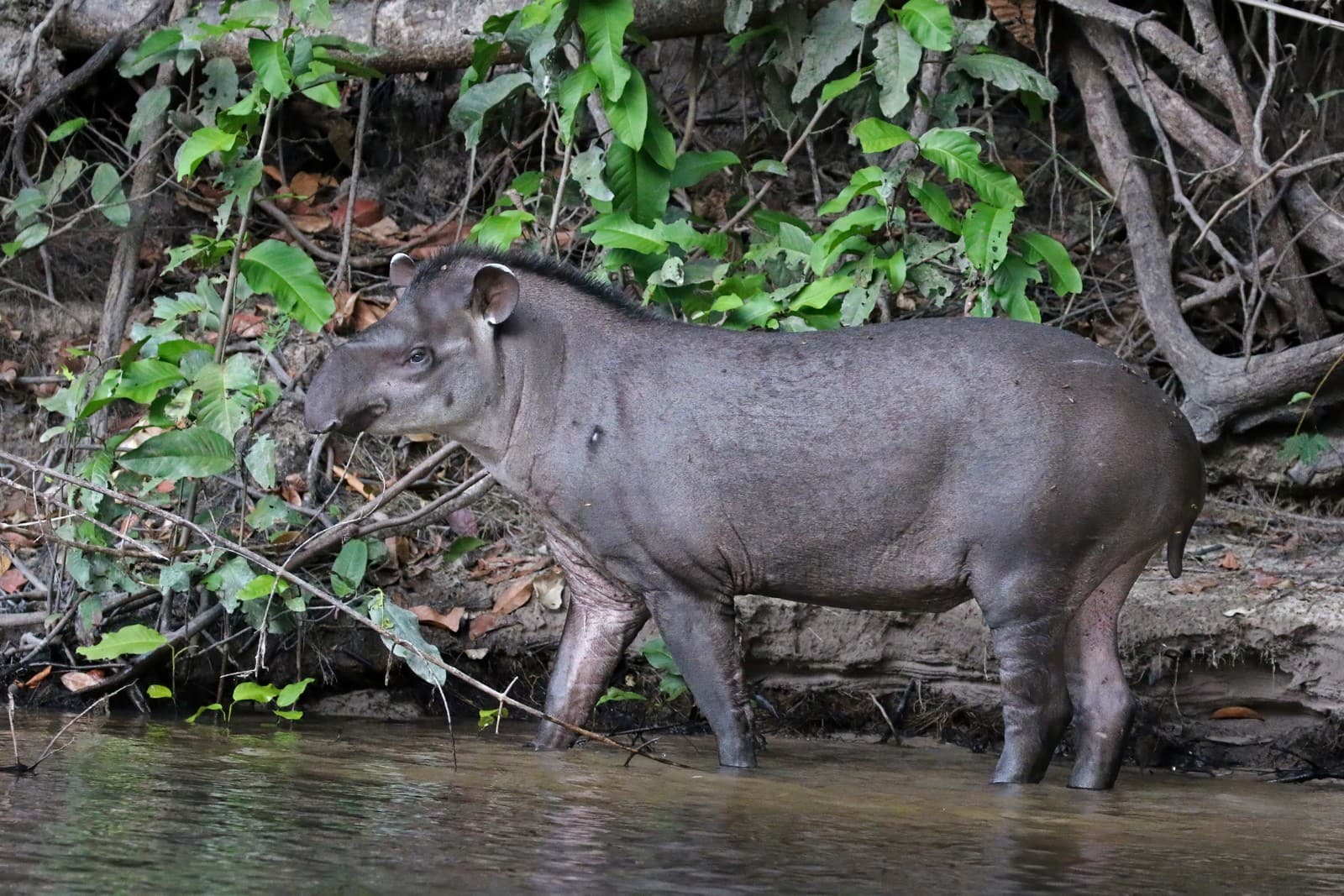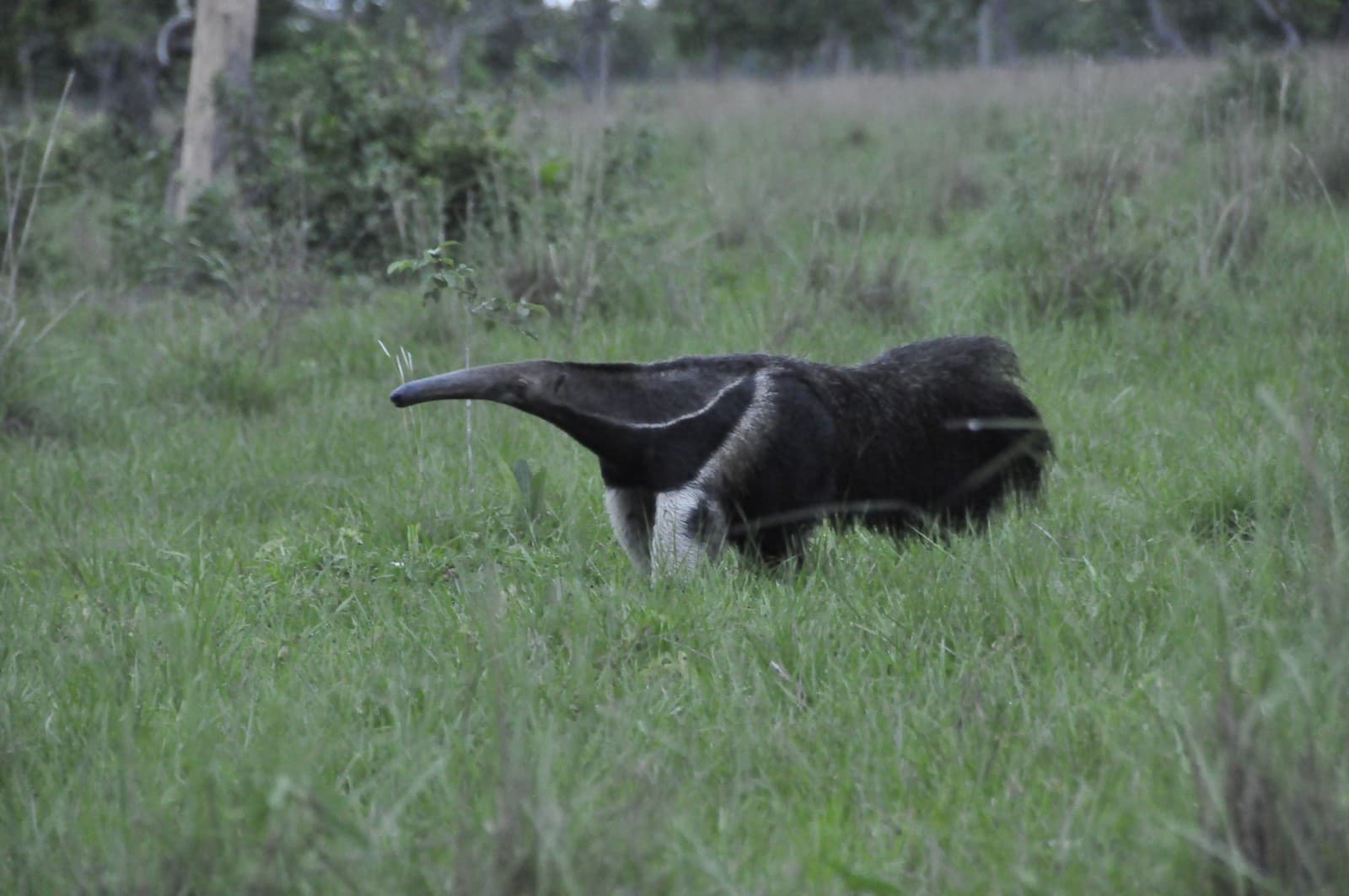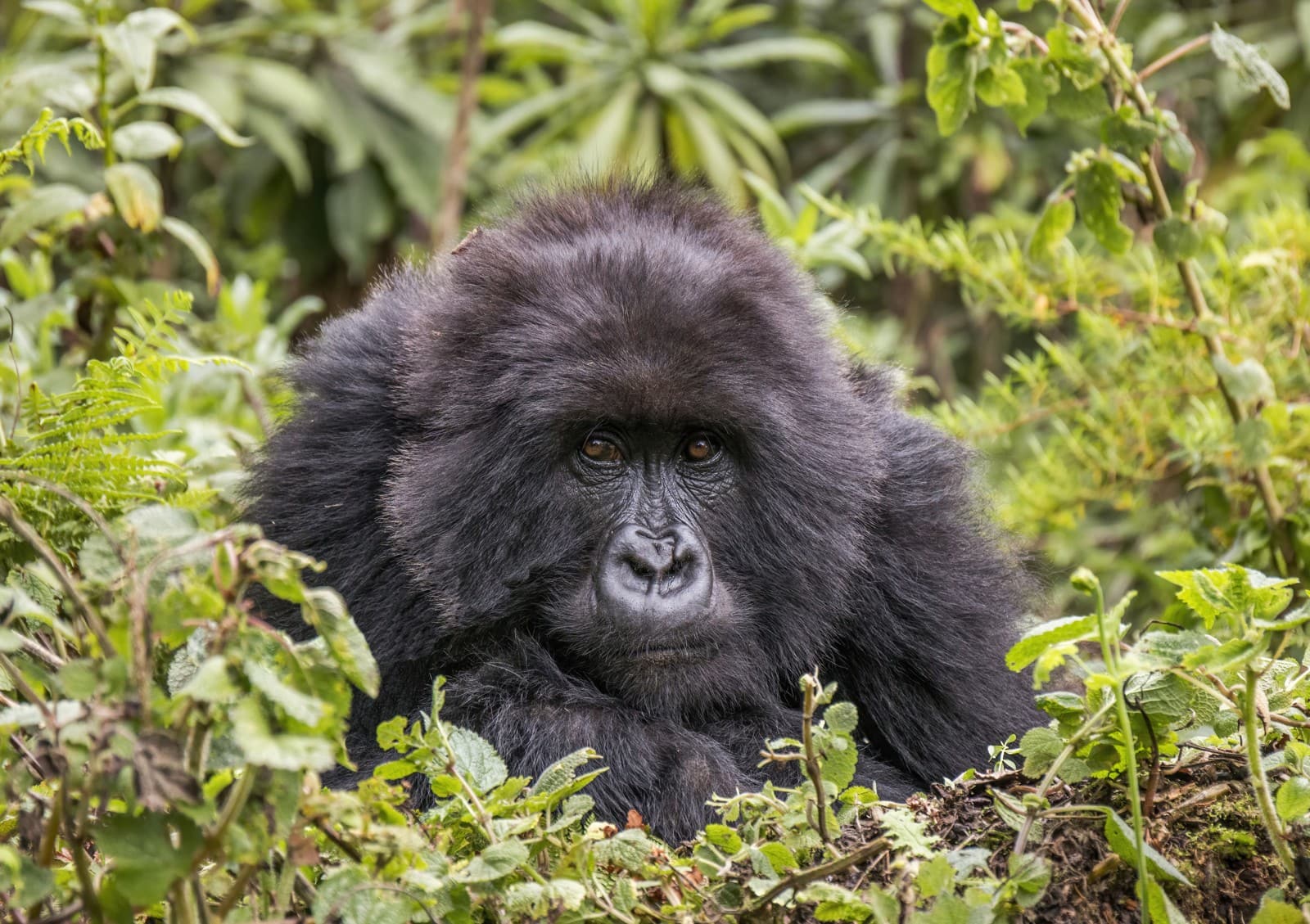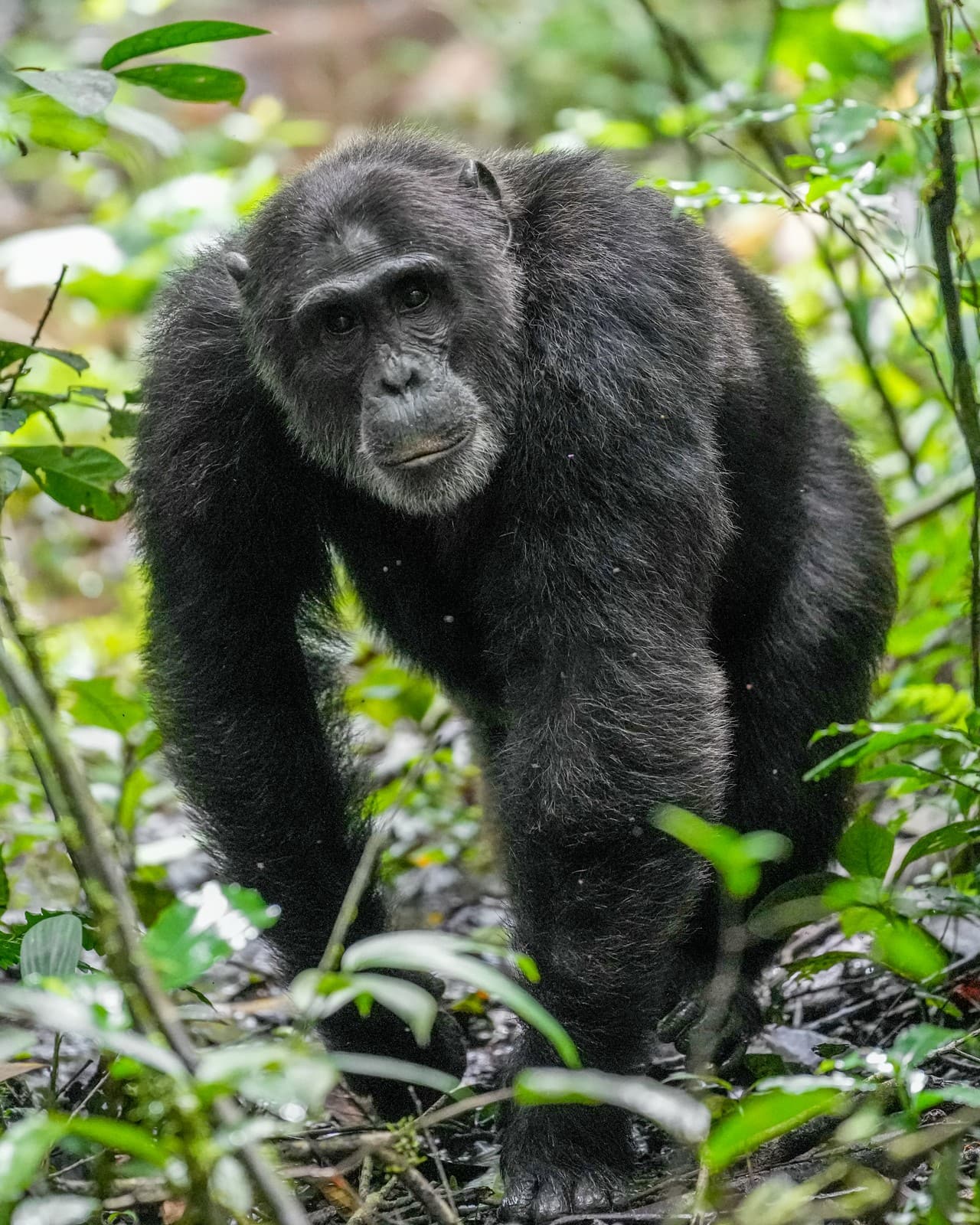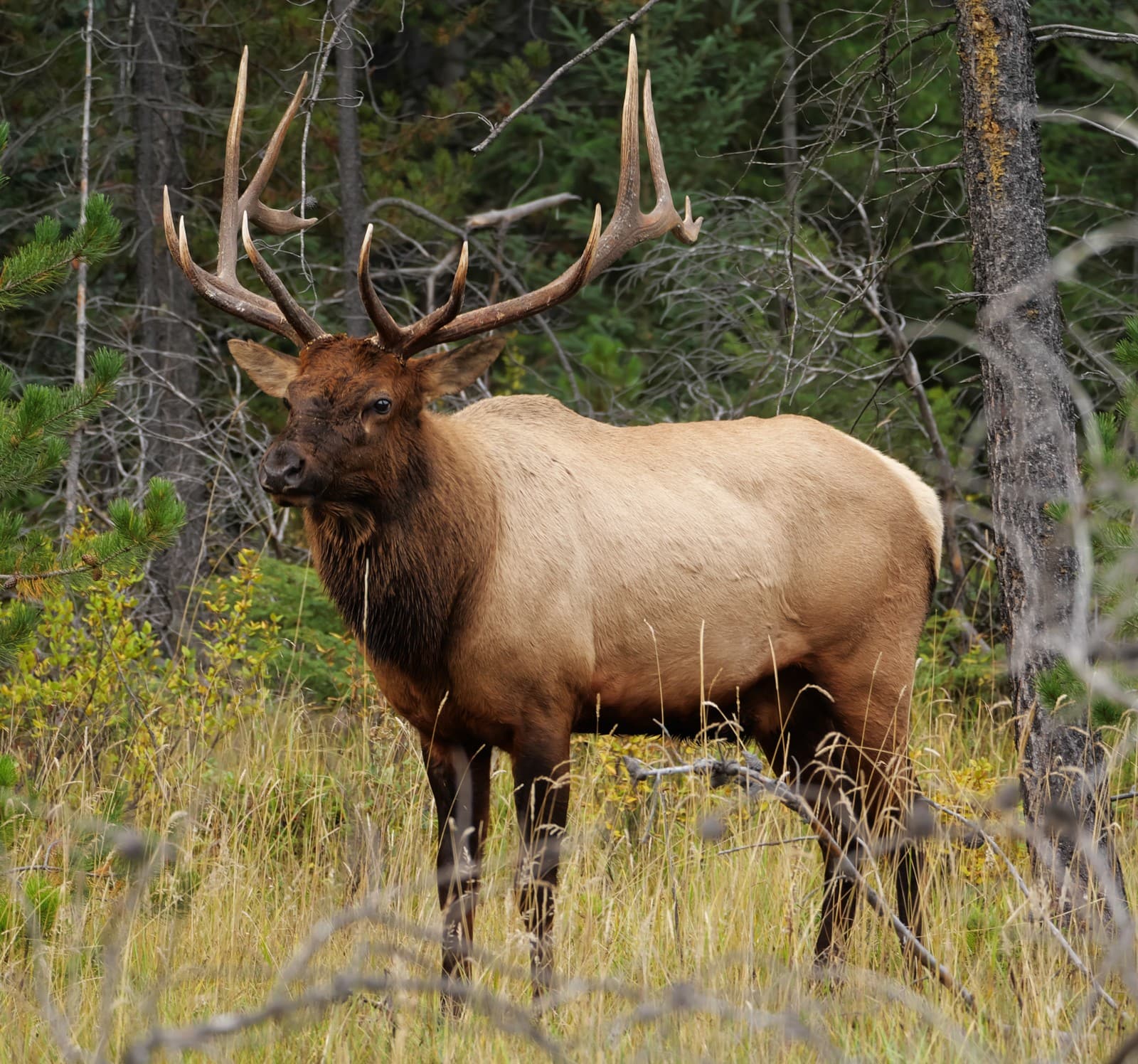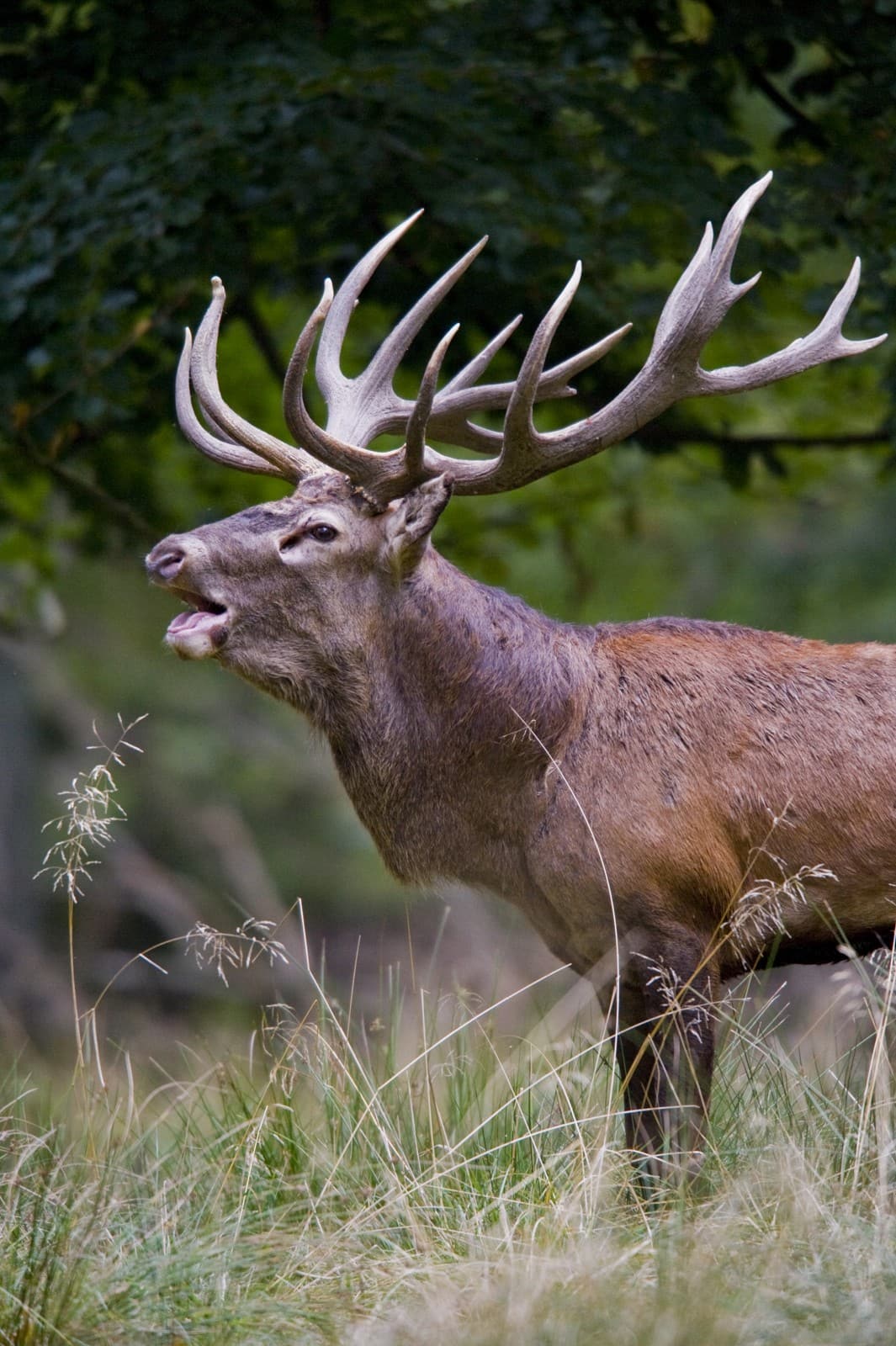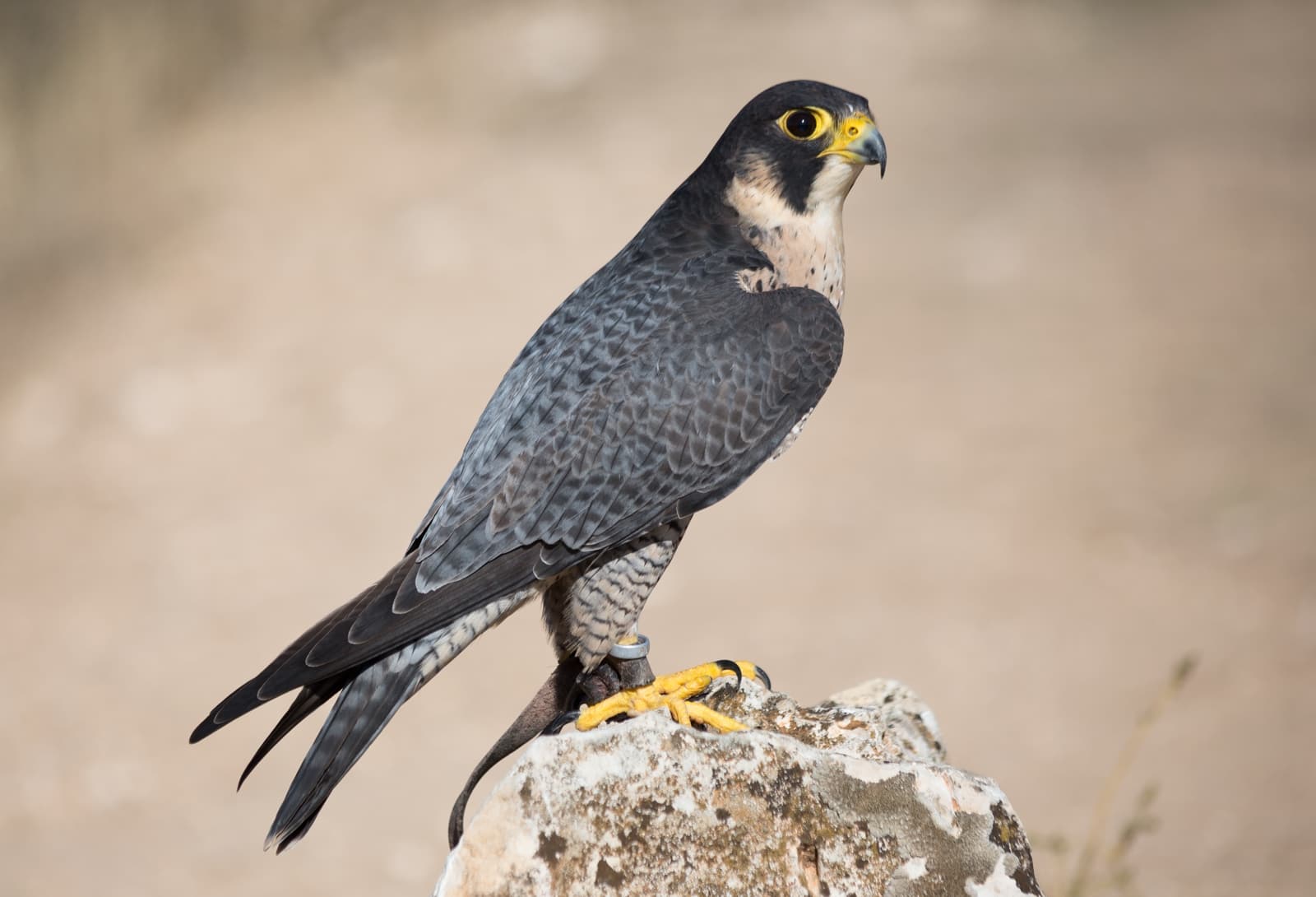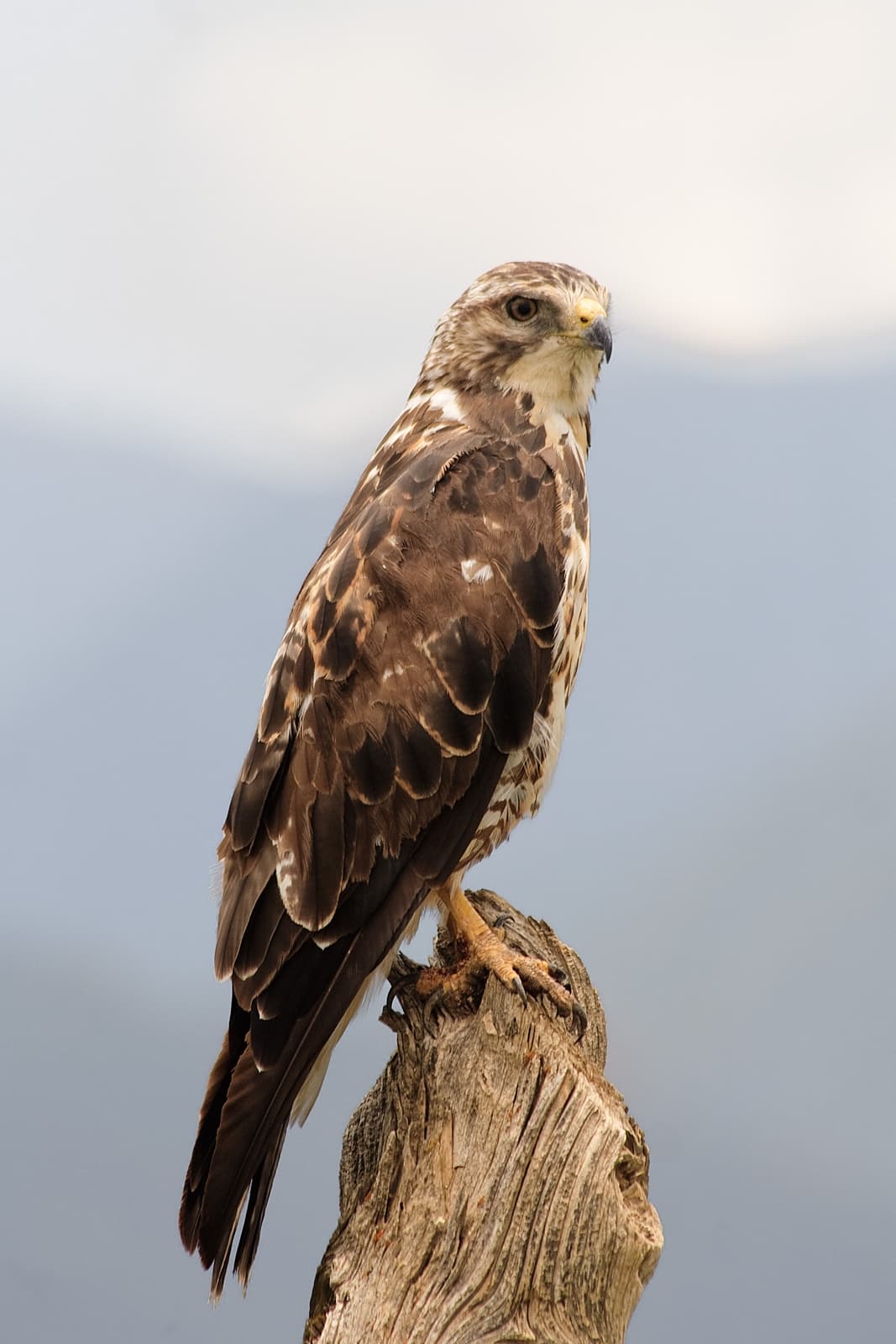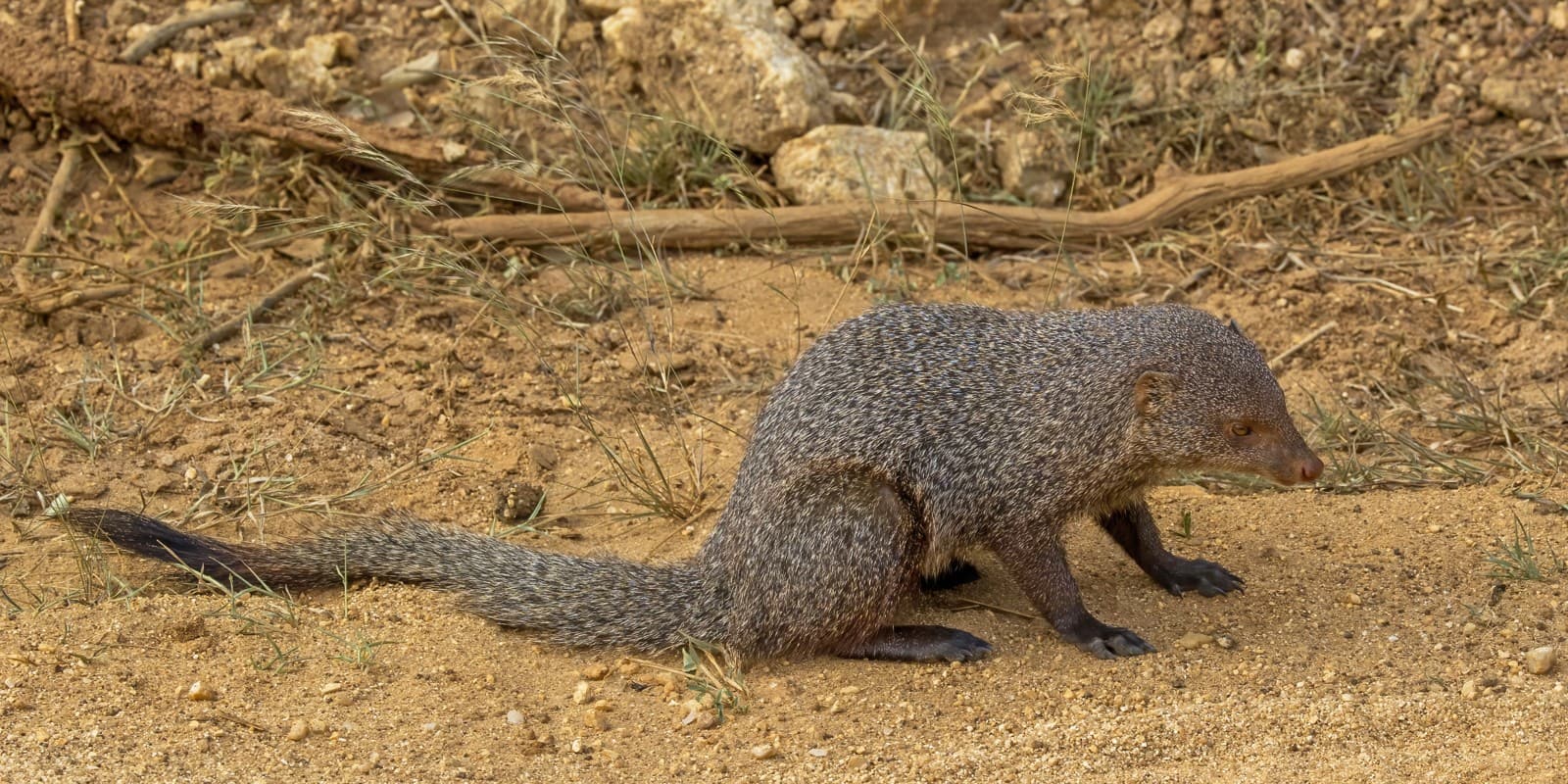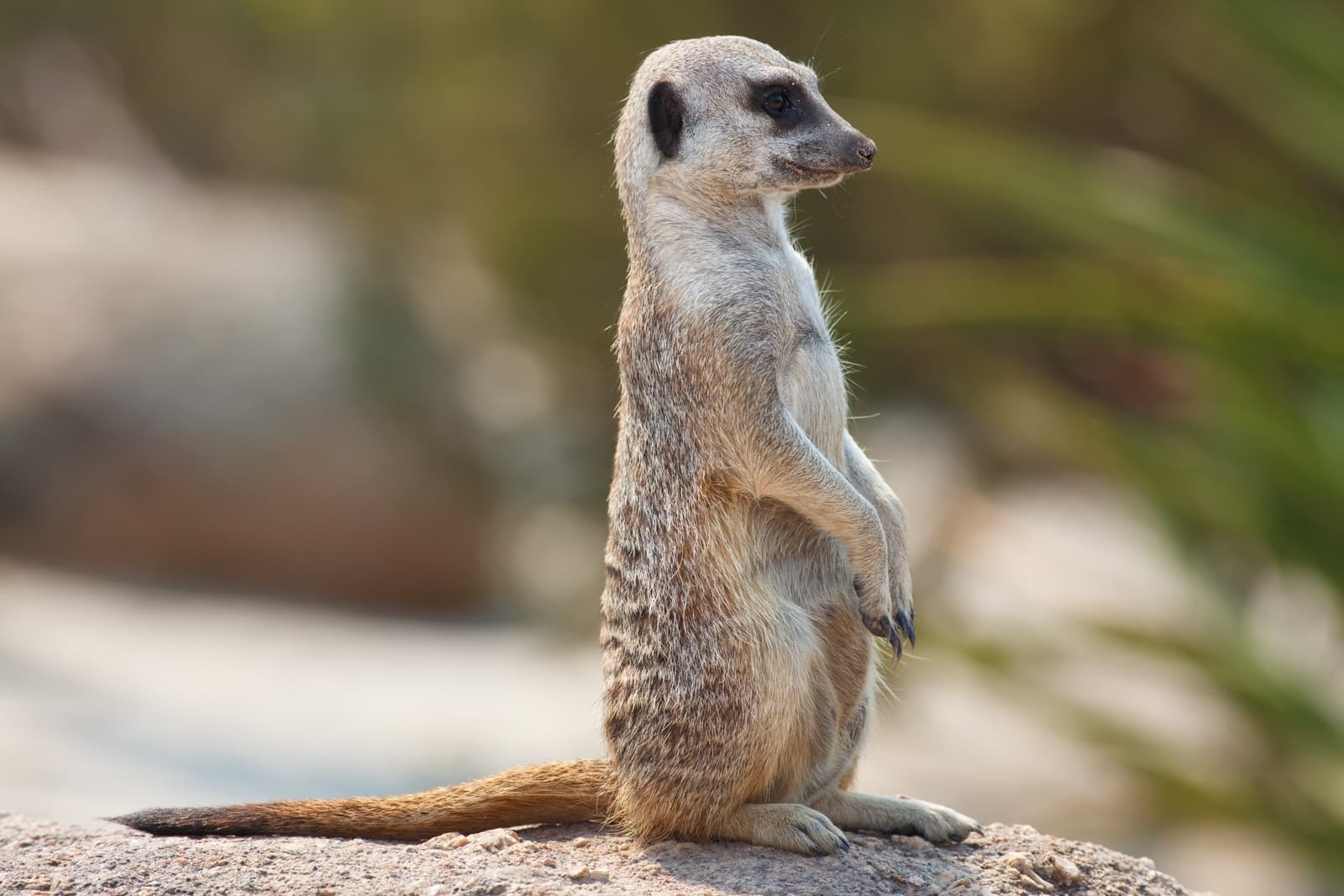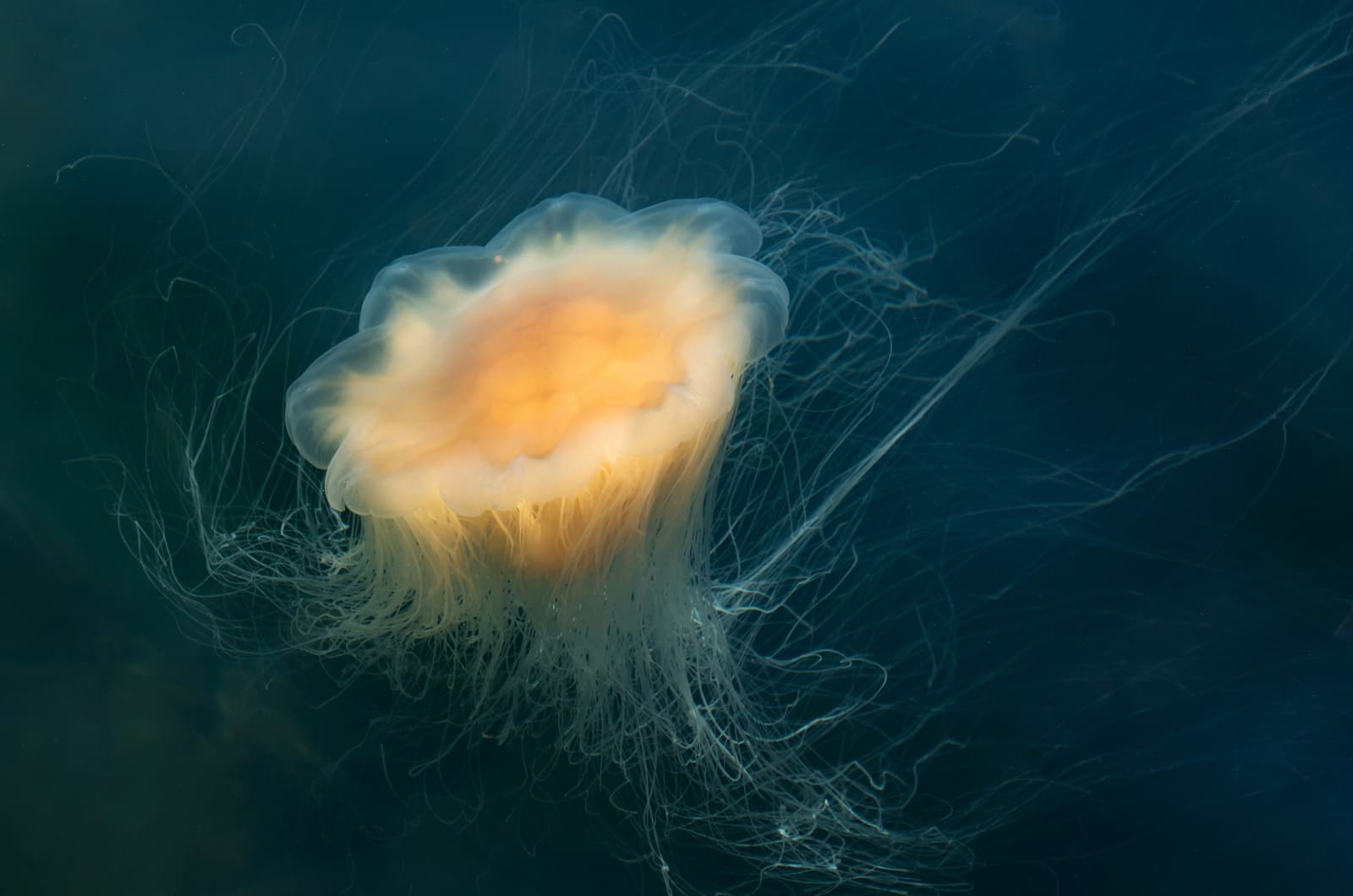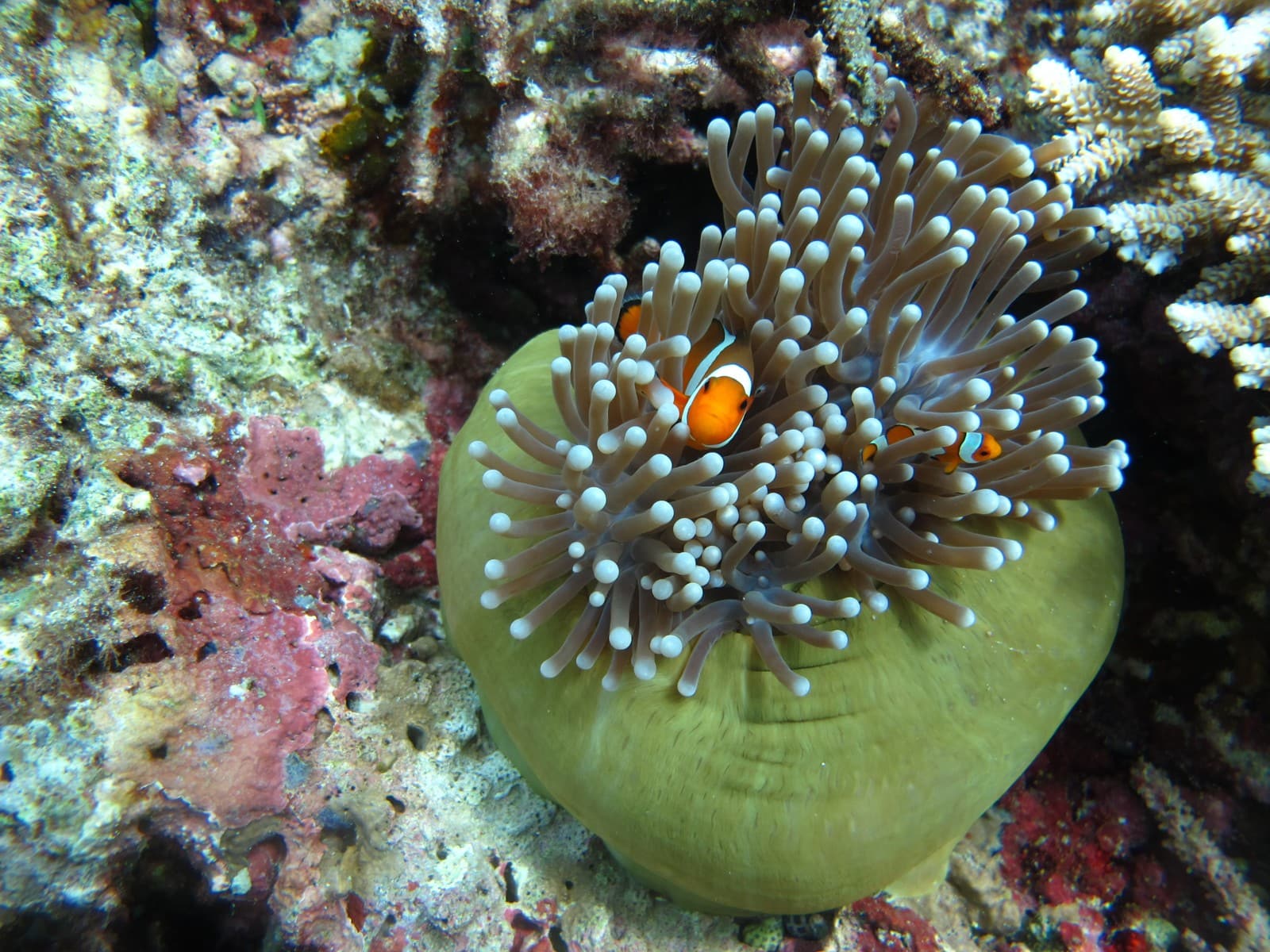Aardvark vs Anteater: A Complete Comparison
Despite their similar diets and elongated snouts, the Aardvark and Anteater represent a remarkable case of convergent evolution – animals that evolved similar traits independently. While both are expert insect hunters, these mammals developed their ant-eating adaptations on different continents, resulting in distinct differences in size, appearance, and behavior.
The African Aardvark (Orycteropus afer) weighs between 110-180 pounds (50-82 kg), while the Giant Anteater (Myrmecophaga tridactyla) of South America typically reaches 60-140 pounds (27-64 kg). Though both species possess powerful claws and long, sticky tongues, their evolutionary paths have created unique specialists adapted to their respective environments.
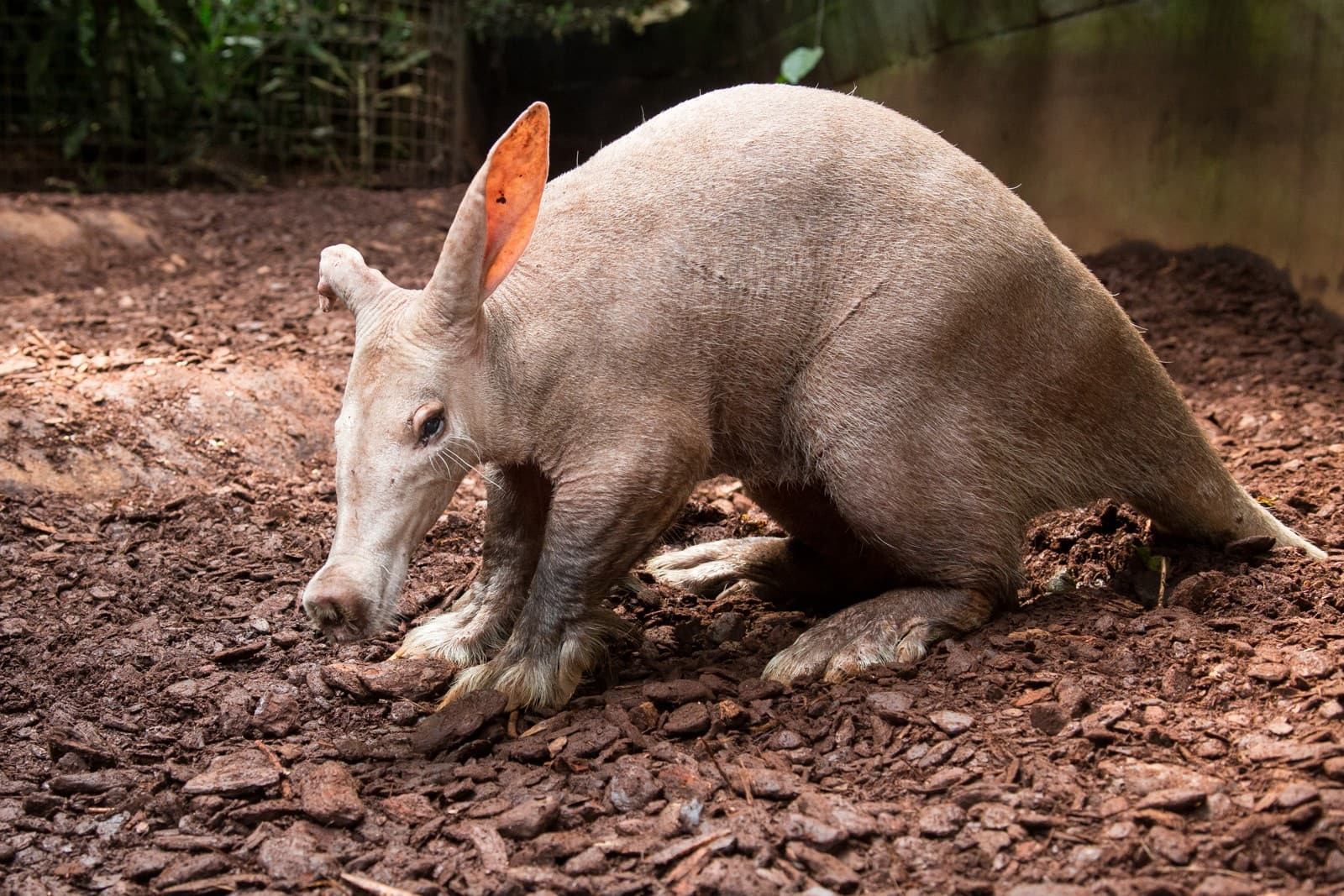
© Theo Kruse Burgers' Zoo / CC BY-SA 4.0
The Aardvark’s pig-like appearance and powerful digging abilities make it perfectly suited for excavating African termite mounds. Its short, coarse fur and distinctive rabbit-like ears set it apart from its South American counterpart.
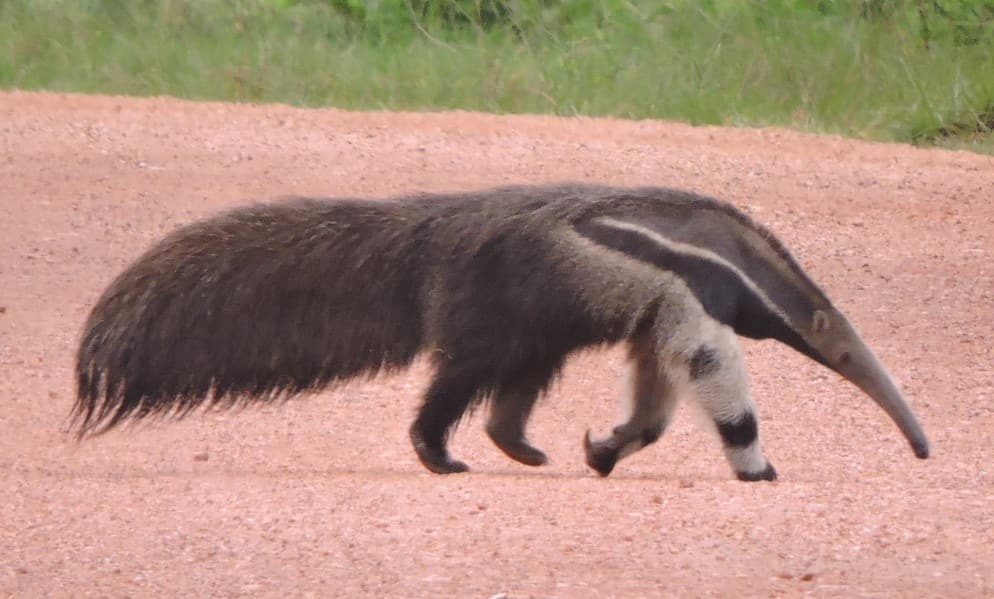
© Larissa Vaccarini Ávila / CC BY 4.0
The Giant Anteater’s distinctive bushy tail and long, shaggy fur create an unmistakable silhouette. Its specialized walking stance, using knuckles to protect its massive claws, demonstrates its unique evolutionary adaptations.
Key Differences: Aardvark vs Anteater
| Feature | Aardvark | Giant Anteater |
|---|---|---|
| Geographic Range | Africa | Central and South America |
| Weight | 110-180 lbs (50-82 kg) | 60-140 lbs (27-64 kg) |
| Length | 3.9-4.3 ft (1.2-1.3 m) | 5.9-7.2 ft (1.8-2.2 m) |
| Tail | Short and thick | Long and bushy |
| Activity Pattern | Nocturnal | Diurnal/Crepuscular |
| Habitat | Savannas and woodlands | Grasslands and rainforests |
Habitat and Distribution
While both species are masterful insect hunters, they’ve evolved to thrive in distinctly different environments. Aardvarks inhabit sub-Saharan Africa’s savannas and woodlands, where they dig extensive burrows that often become shelters for other wildlife. Giant Anteaters, conversely, roam South America’s grasslands and rainforests, from Honduras to northern Argentina.
Hunting and Feeding Behavior
Both species have evolved remarkably similar feeding strategies, despite their geographic separation. Their long, sticky tongues can extend up to 12 inches (30 cm) in Aardvarks and an impressive 24 inches (61 cm) in Giant Anteaters. However, their approaches differ:
- Aardvarks primarily target termites, using their powerful claws to break into hardened mounds
- Anteaters focus on ants, using their claws to tear into ant nests and decaying logs
- Both can consume up to 50,000 insects in a single night
Physical Adaptations
Aardvark Specializations
- Pig-like snout with highly developed sense of smell
- Large, upright ears for detecting predators
- Thick skin resistant to insect bites
- Powerful legs adapted for digging
Anteater Specializations
- Elongated head with tubular snout
- Massive forearms with curved claws
- Distinctive walking stance on knuckles
- Thick, bushy tail used as sunshade and blanket
Who Would Win in a Confrontation?
While both species are typically peaceful, they possess formidable defensive capabilities. The Aardvark’s greater weight and powerful digging claws make it a formidable opponent, but the Giant Anteater’s longer reach and specialized fighting stance give it a significant advantage. Anteaters have been known to successfully defend against predators as large as jaguars using their powerful forelimbs and sharp claws.
Conservation Status
Both species face similar threats from habitat loss and human encroachment:
- Aardvarks: Listed as Least Concern but populations declining
- Giant Anteaters: Listed as Vulnerable with decreasing population trends
- Both species serve as ecosystem engineers, creating habitats used by other species
- Conservation efforts focus on habitat preservation and reducing human-wildlife conflict
Understanding the distinctions between Aardvarks and Anteaters helps appreciate how similar ecological niches can be filled by different evolutionary solutions. While they may look similar at first glance, these remarkable mammals represent distinct approaches to the specialized lifestyle of professional ant-eating.
